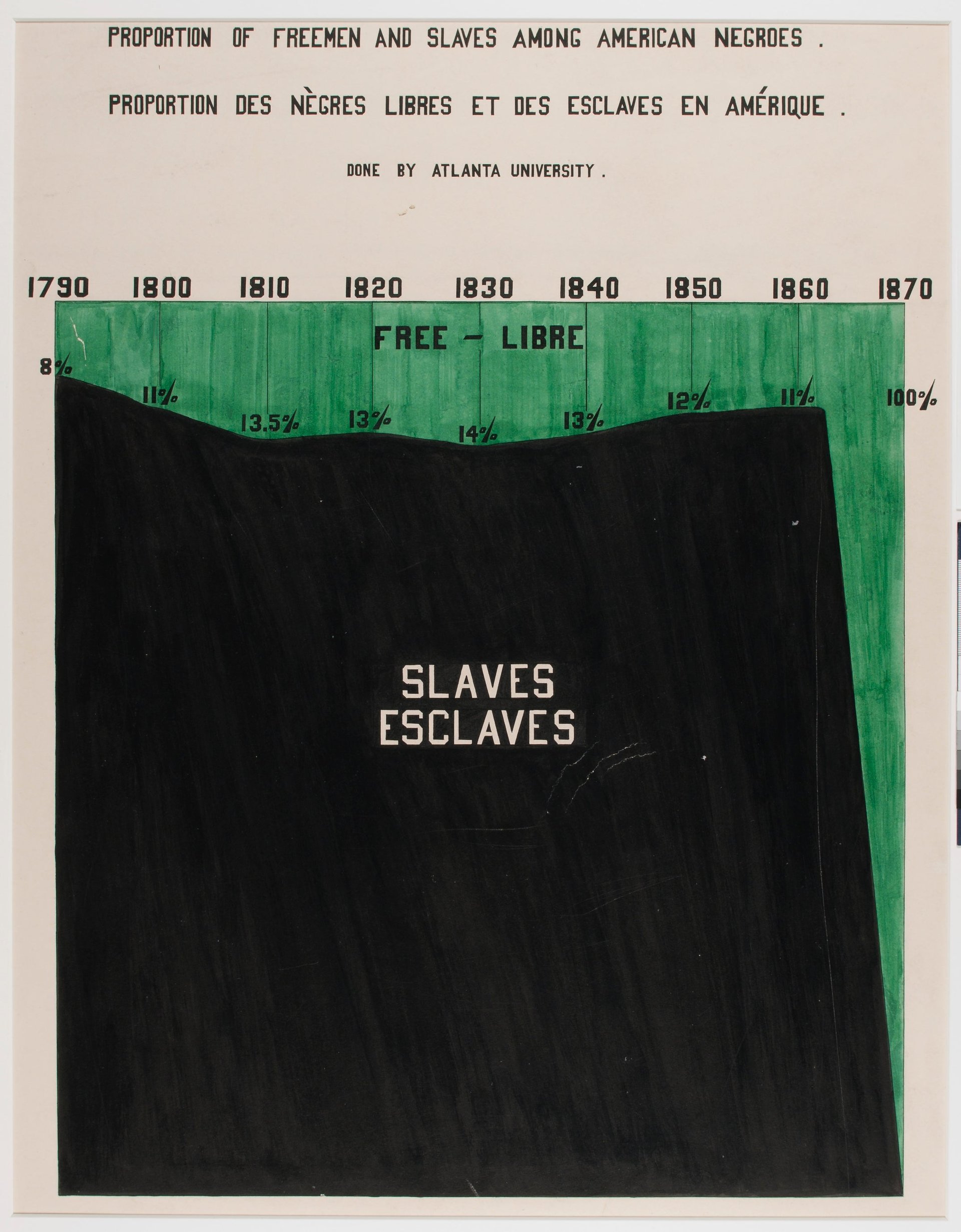Hand-drawn infographics commissioned by W.E.B. Du Bois illuminate how black Americans lived in the 1900s
From electricity, giant telescopes, escalators, diesel turbines, and talking movies, the 1900 World’s Fair promised dazzling technology for the 50 million visitors who flocked to Paris. But among the expo’s 80,000 exhibitions, one comparatively low-tech production from the American contingent demonstrated perhaps the most consequential achievement of that time.
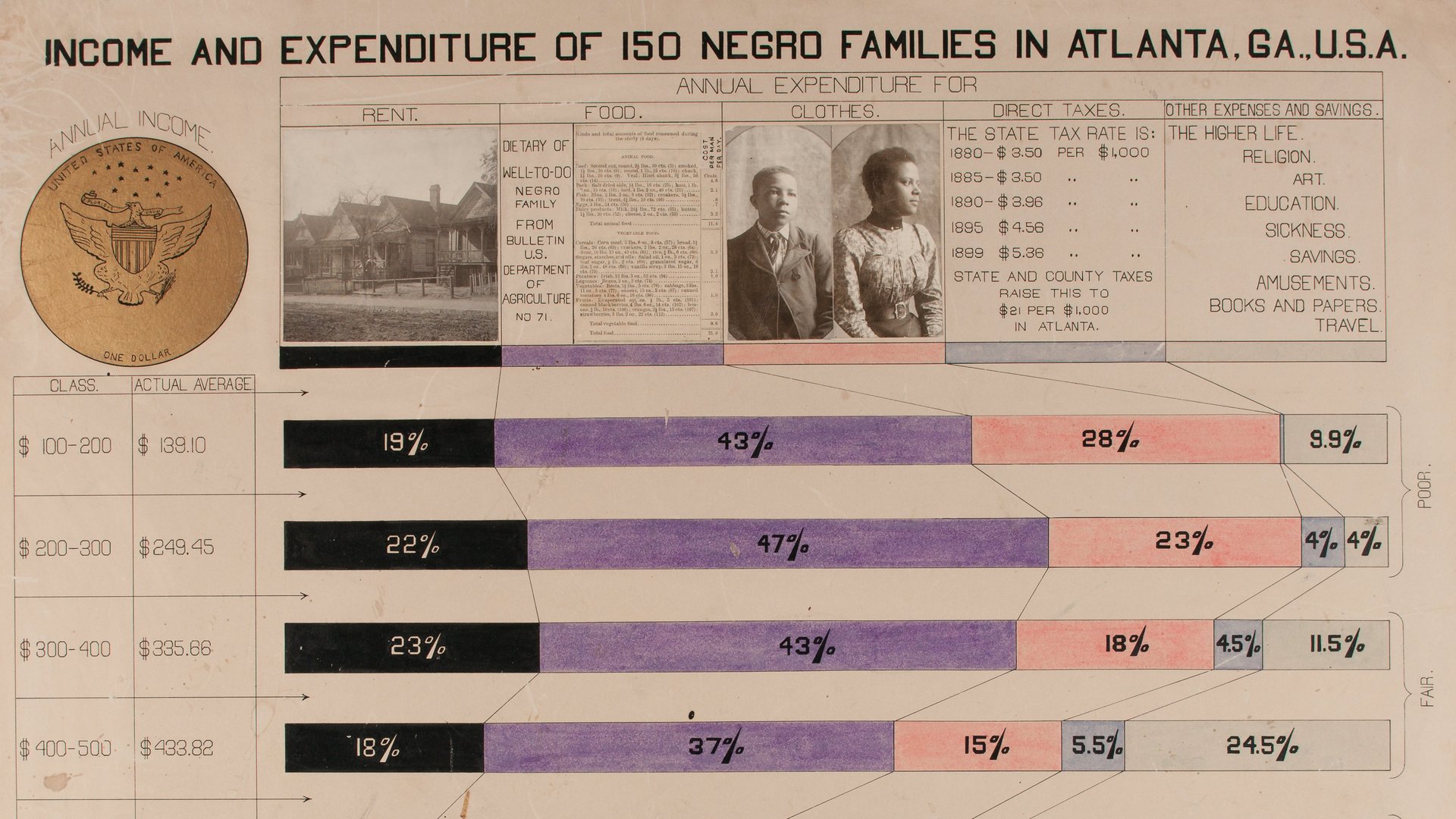

From electricity, giant telescopes, escalators, diesel turbines, and talking movies, the 1900 World’s Fair promised dazzling technology for the 50 million visitors who flocked to Paris. But among the expo’s 80,000 exhibitions, one comparatively low-tech production from the American contingent demonstrated perhaps the most consequential achievement of that time.
“The Exhibit of American Negroes” enshrined the contributions of African Americans to the US economy, just 35 years after slavery was abolished in the US. The showcase within the fair’s Palace of Social Economy featured a gallery of photographs, 350 patents awarded to black inventors, a small statue of abolitionist Frederick Douglass, 200 books and periodicals by black scholars including an illustrated study by the noted sociologist and civil rights activist W.E.B. Du Bois.
Du Bois’s study titled The Georgia Negro, told the story of slave descendants living in Georgia through 60 handmade infographics meticulously drawn in ink and watercolor by his students at (Clark) Atlanta University. Du Bois incited his black students to combat racism with empirical data. “He believed that a clear revelation of the facts of African American life and culture would challenge the claims of biological race scientists influential at the time, which proposed that African Americans were inherently inferior to Anglo-Americans,” wrote Shawn Michelle Smith, a visual studies professor who analyzed Du Bois’s role in the exhibition.

Painting a portrait of high-achieving black Americans was revelatory for some Fair’s visitors who were more used to seeing “human zoos“—Africans and Asians dressed in indigenous costume and presented as curiosities in fairs, as the art blog Hyperallergic points out.
Digitized by the US Library of Congress in 2014, here are illuminated statistics from Du Bois’s report:
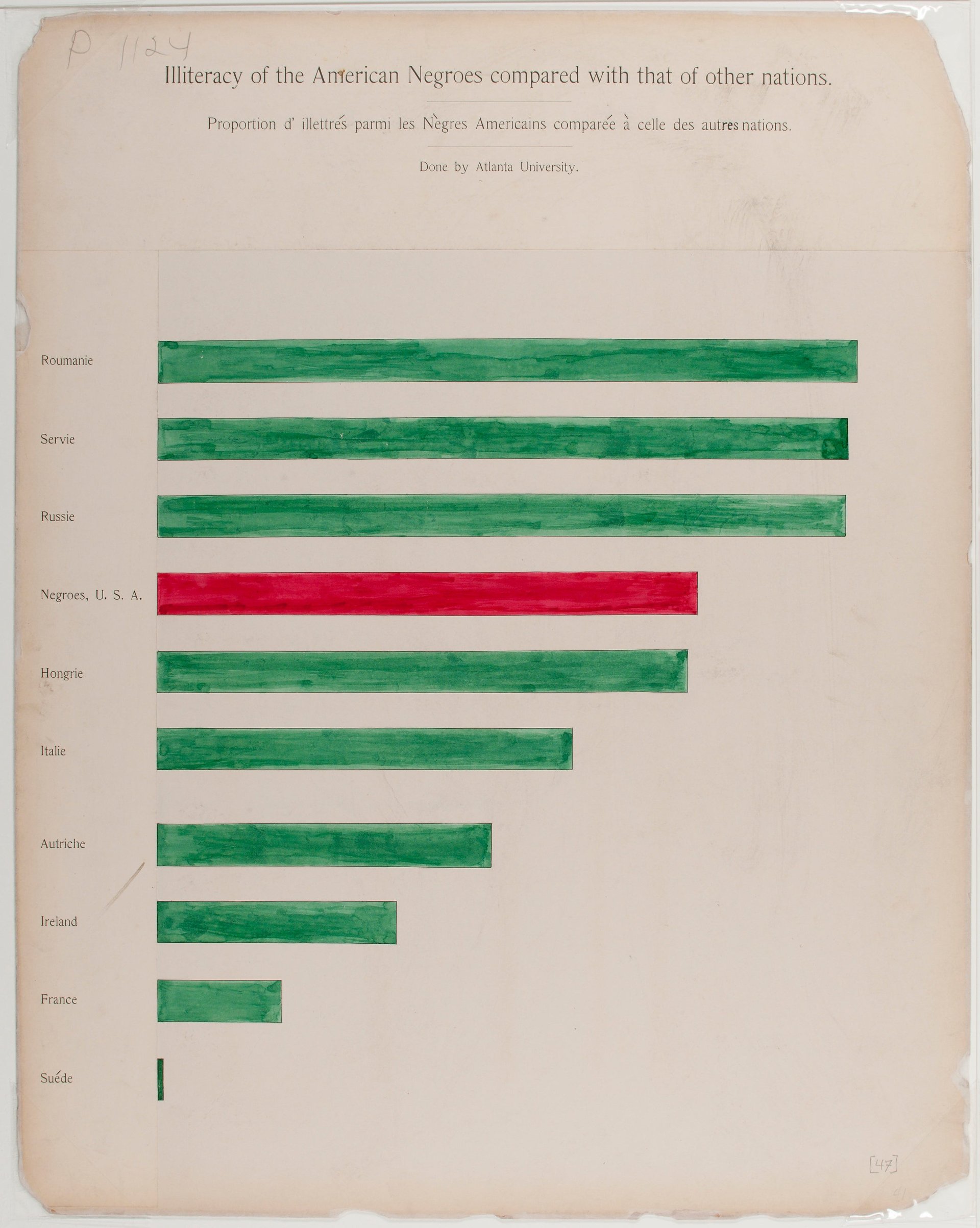
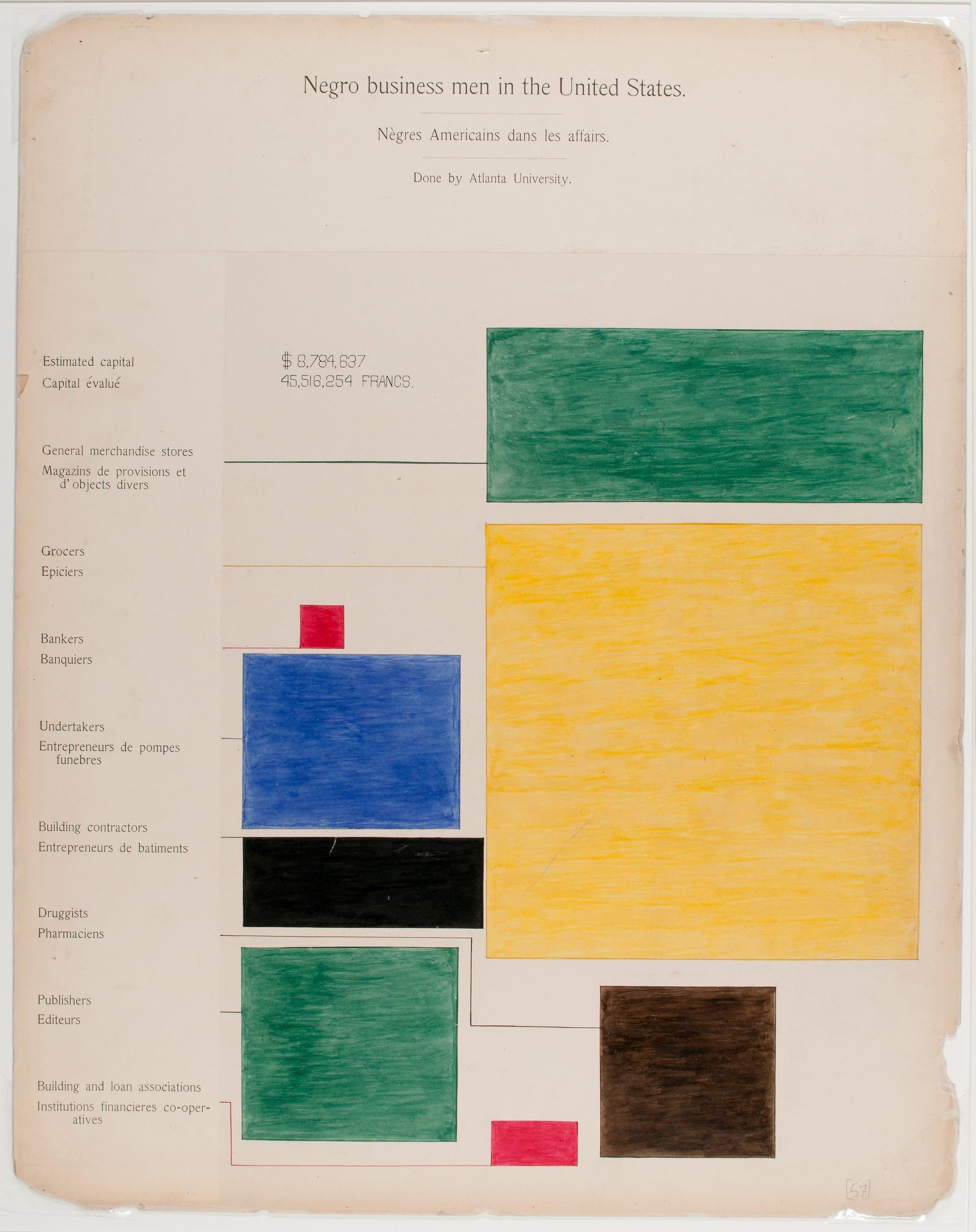
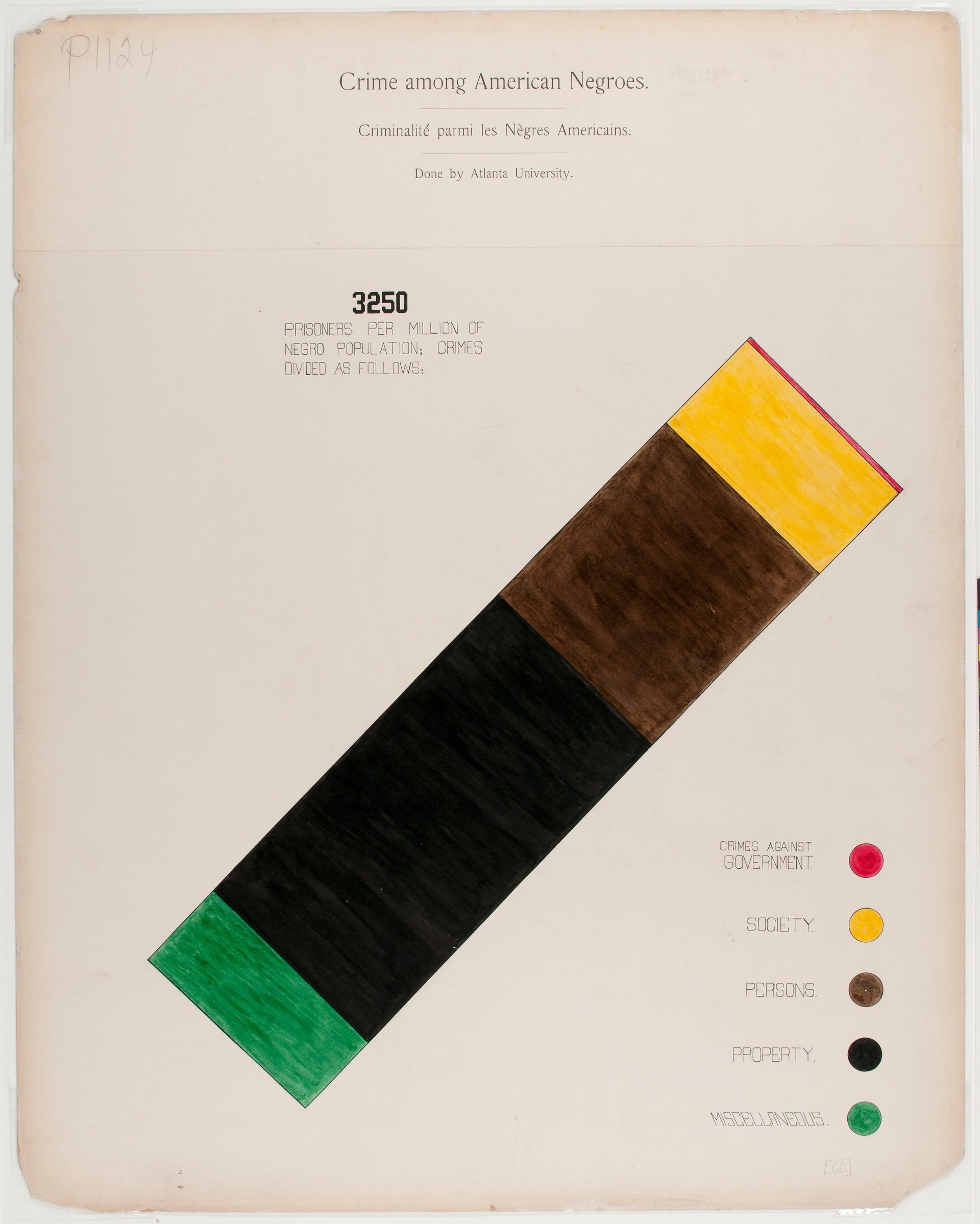
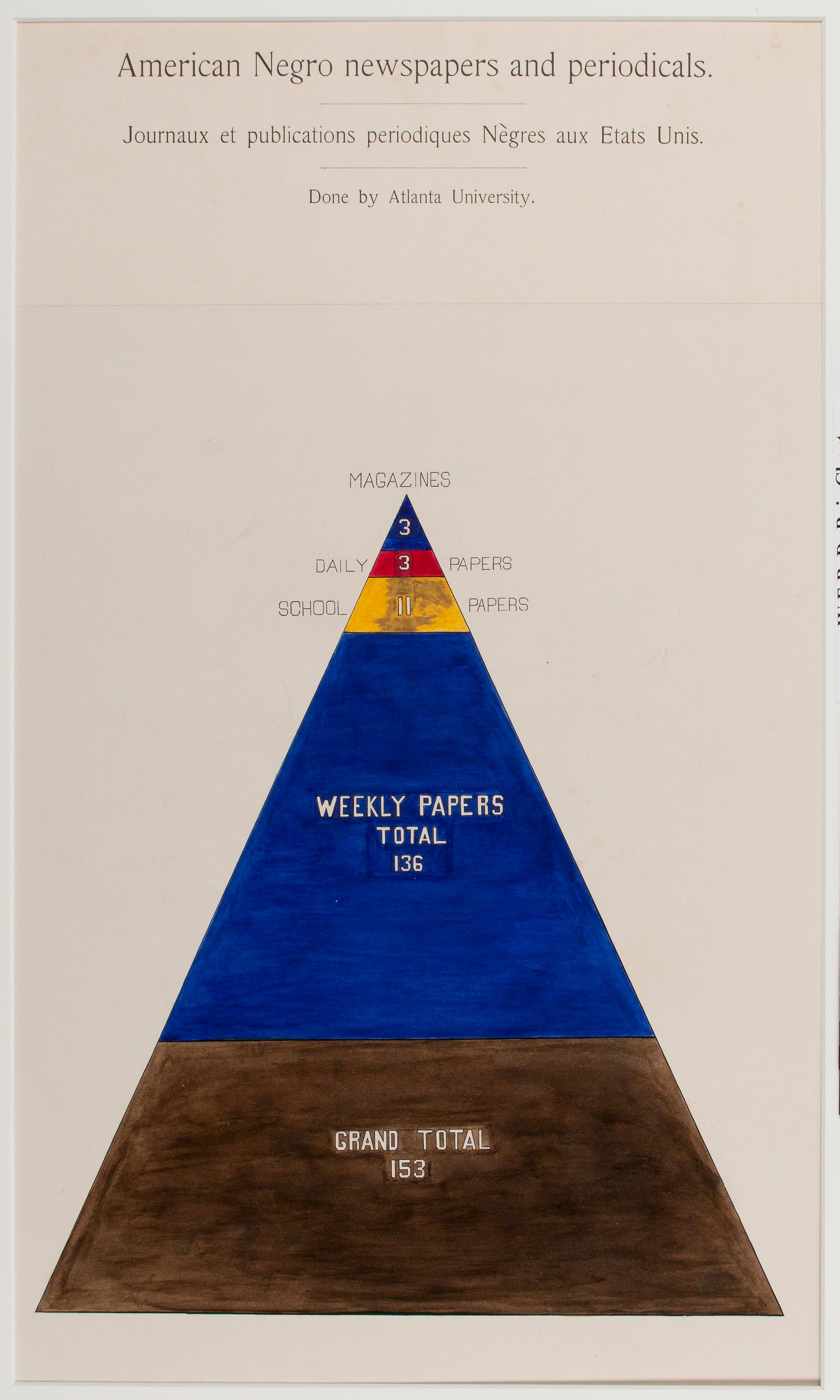
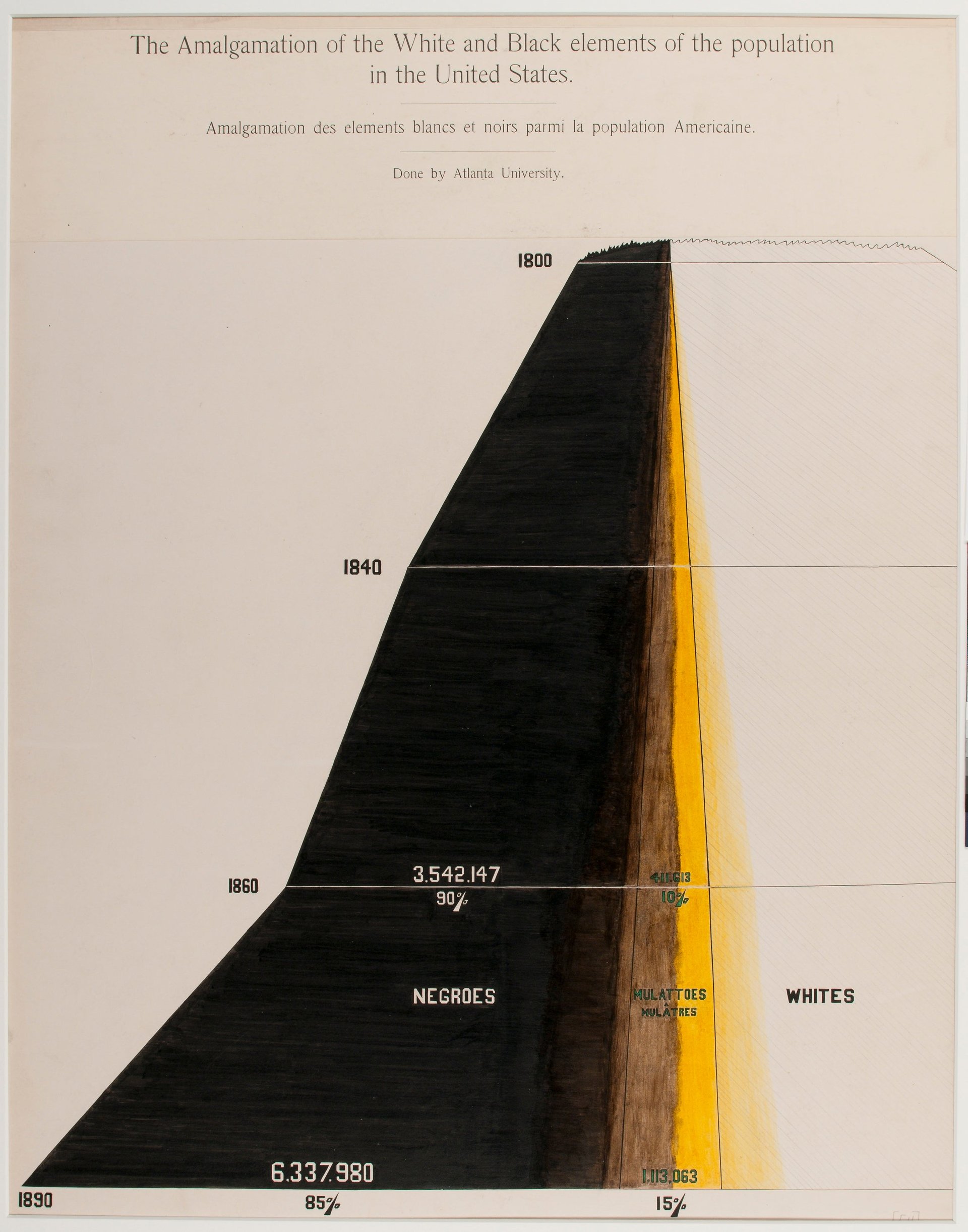
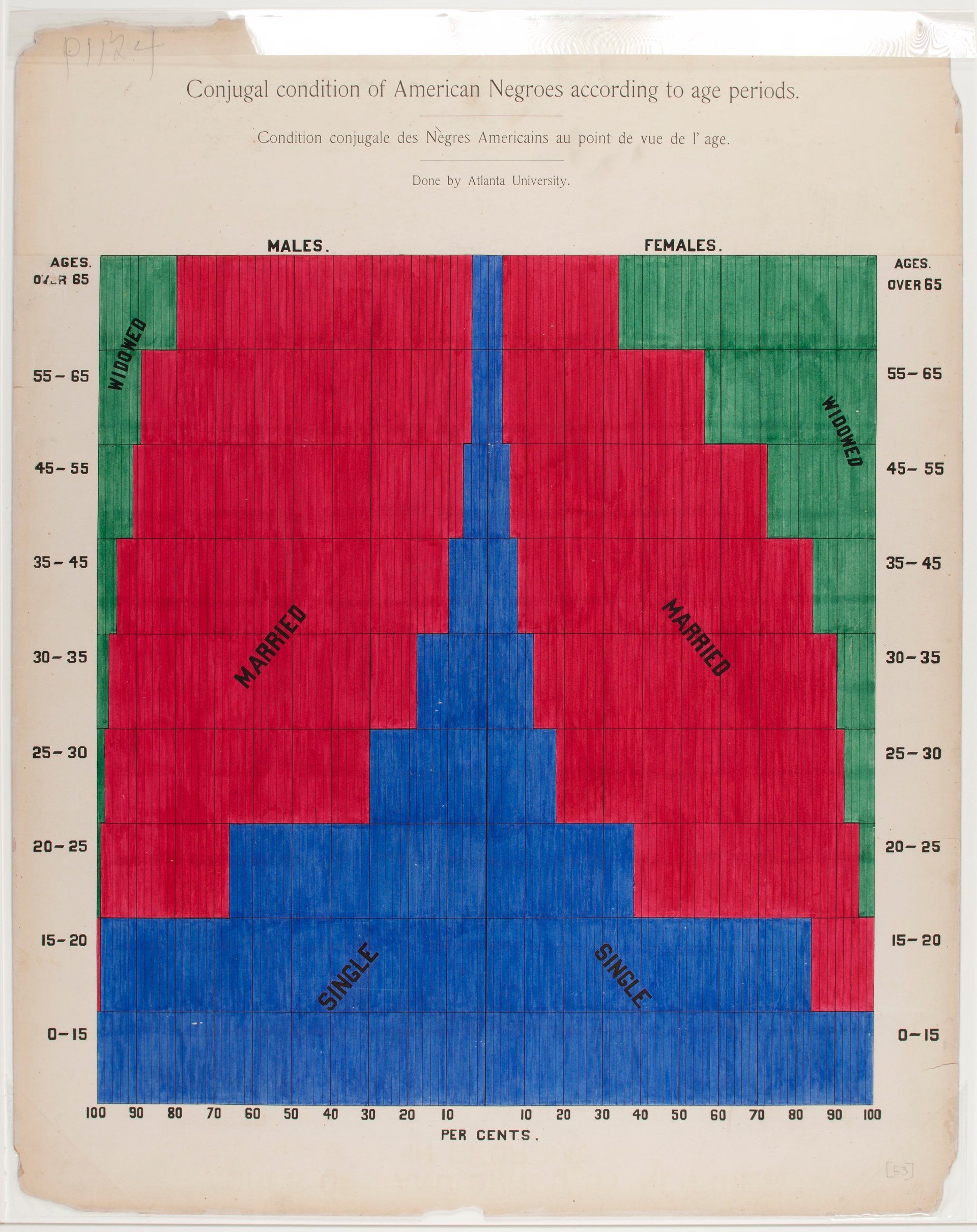
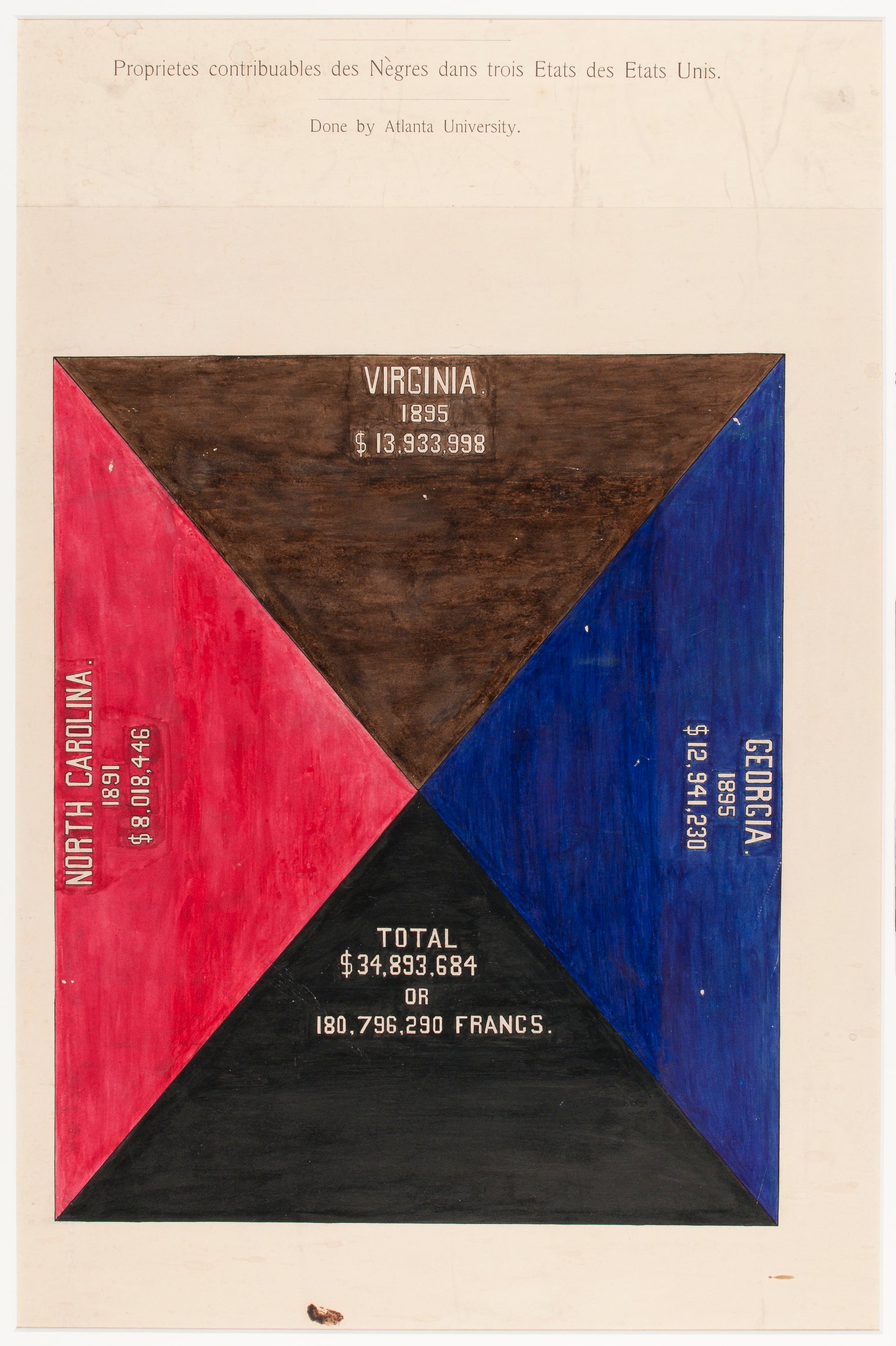
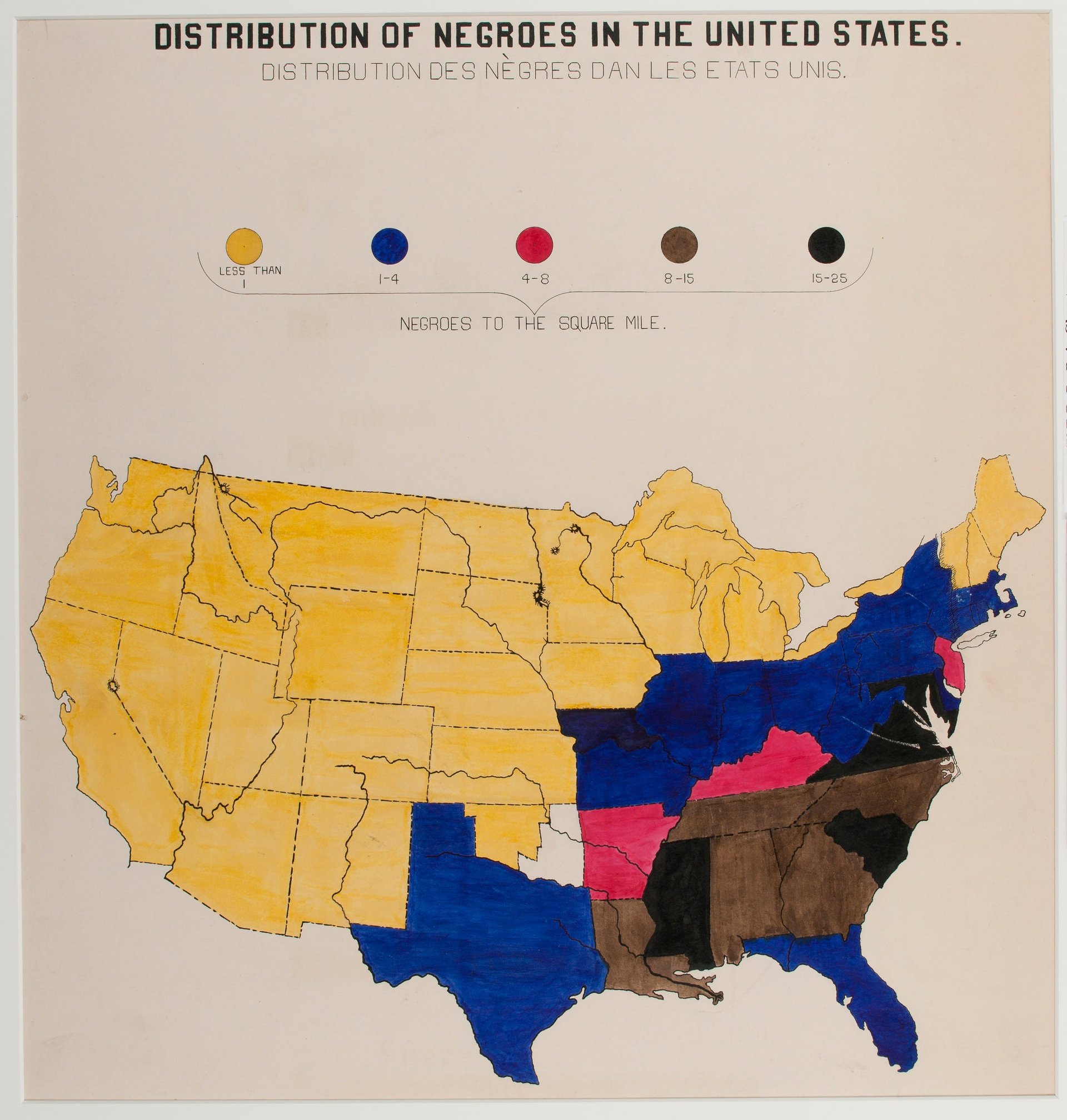
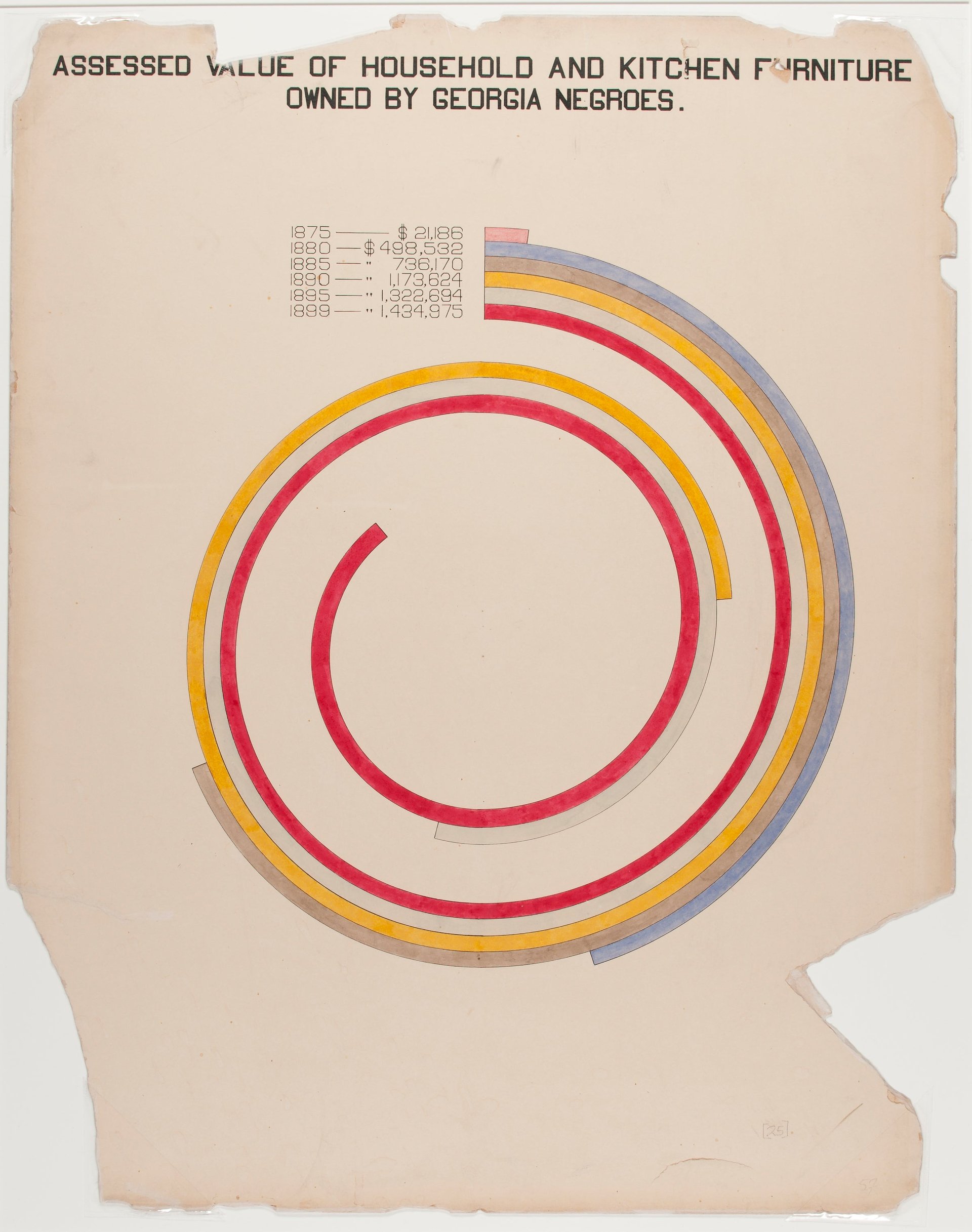
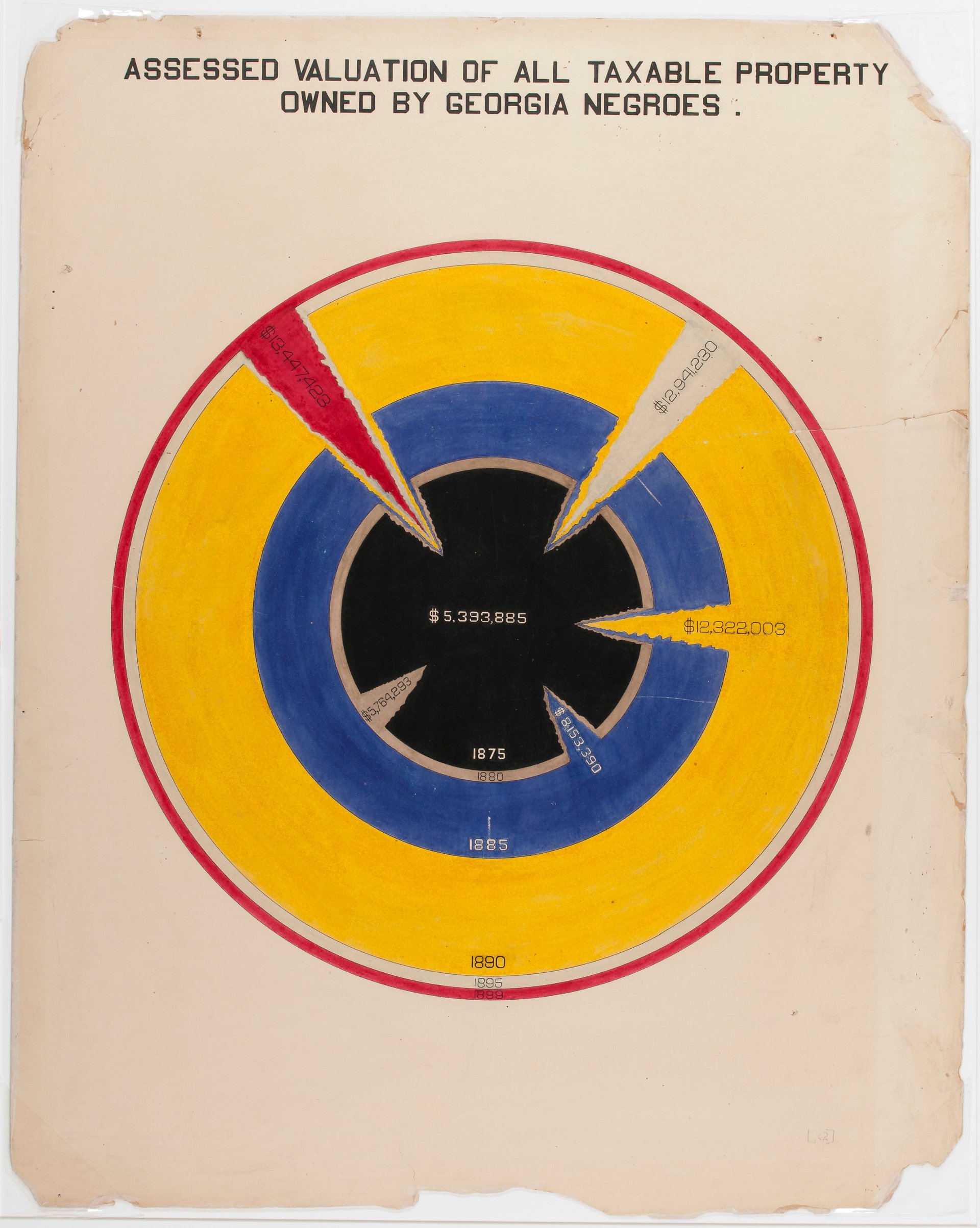
Aside from the seminal report, Du Bois and his co-curator Thomas J. Calloway also presented 363 photographs about African American daily life, including portraits of affluent black Americans in Georgia high society. Du Bois, who later co-founded the National Association for the Advancement of Colored People, was awarded a gold medal at the Paris Expo for the remarkable exhibition.
